30+ Fun Emotions Worksheets and Senses (the best activities for kids)
Helping children understand and express their emotions is essential for their growth and development. These new and fun Emotions Worksheets and Senses are on target for identifying emotions and senses!
One effective and enjoyable way to achieve this is through the use of fun emotions worksheets and senses activities.
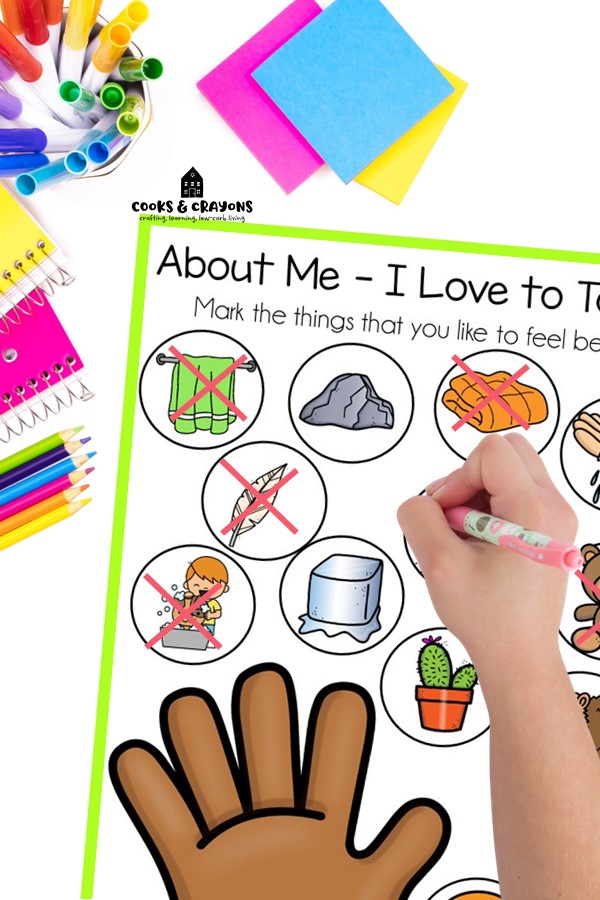
These tools not only make learning enjoyable but also provide a structured way for kids to explore and articulate their feelings.
Let’s dive into the various types of worksheets designed to help this process and why they are so important.
Identifying Emotions Worksheet
Identifying emotions worksheets are fantastic tools for teaching children how to recognize and name their feelings.
These worksheets often feature different facial expressions and scenarios that help kids associate certain feelings with specific situations.

Benefits of Identifying Emotions Worksheets:
Enhanced Emotional Vocabulary: Kids learn the correct words for different emotions, improving their ability to communicate.
Improved Empathy: Recognizing emotions in themselves and others helps children develop empathy.
Better Emotional Regulation: Understanding their own emotions is the first step towards learning how to manage them effectively.
Why is it Important to Help Kids Identify Their Emotions?
Helping kids identify their emotions is crucial for building emotional intelligence. When children understand their emotions, they can better navigate social interactions and cope with life’s challenges.
Key Reasons:
- Mental Health: Early recognition and understanding of emotions can lead to better mental health outcomes. Children who can articulate their feelings are less likely to act out or feel overwhelmed.
- Social Skills: Kids who understand their emotions can interact more positively with peers and adults, leading to stronger, healthier relationships.
- Academic Success: Emotional awareness can reduce anxiety and improve concentration, contributing to better academic performance.
What Are They Feeling Worksheets
“What Are They Feeling” worksheets help children practice identifying emotions in various contexts.
These worksheets typically include pictures or stories where children must figure out what a character might be feeling.
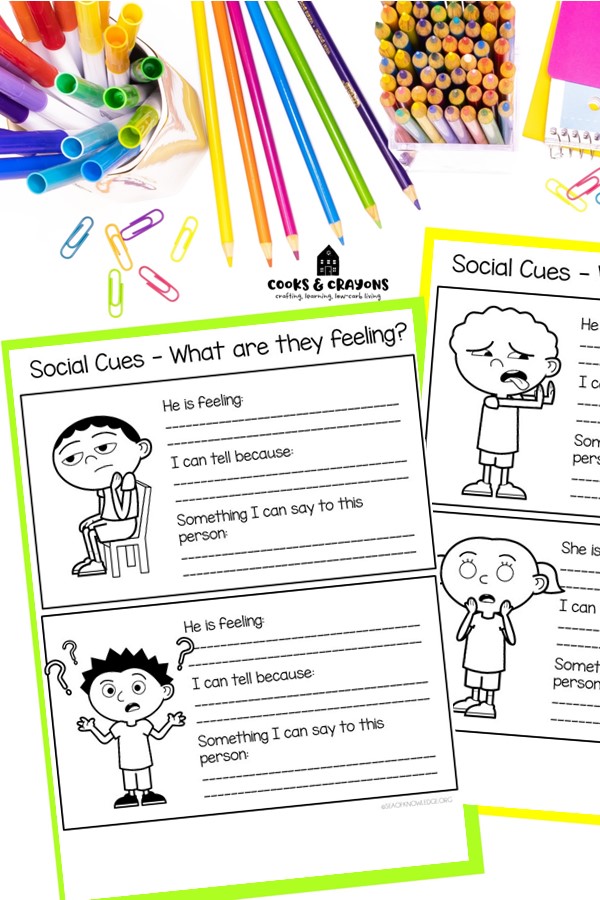
Features:
Visual Cues: Images of facial expressions and body language help children connect visual signs with emotions.
Contextual Learning: Scenarios and stories allow children to consider the context in which emotions occur, enhancing their understanding.
Interactive Elements: These worksheets include spaces for children to draw or write about their own experiences, making the learning process more personal and engaging.
I remember when I first introduced “What Are They Feeling” worksheets to my niece, who was struggling to express her emotions.
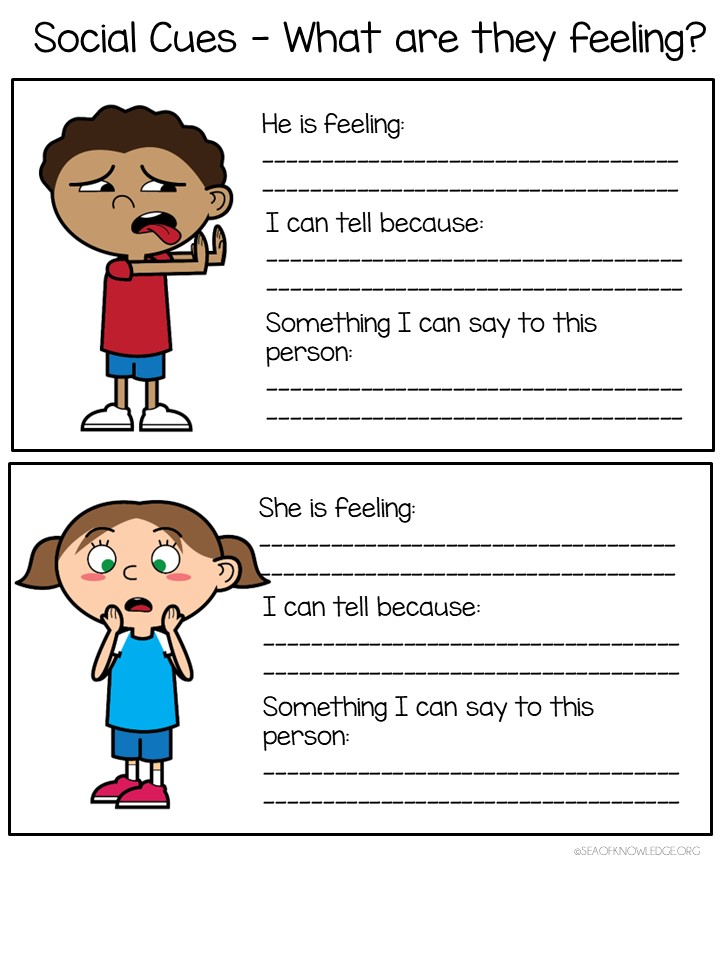
At the time, she often felt overwhelmed and would become frustrated easily. We sat down together with a worksheet that depicted a series of children in different situations, each displaying various facial expressions.
One picture showed a child standing alone on a playground, looking down at their feet.
I asked my niece, “What do you think this child is feeling?” She thought for a moment and then said, “Maybe he feels sad because he’s alone.”
This simple activity sparked a deeper conversation about times she felt lonely and how it made her feel. Over time, she became more comfortable talking about her emotions and understanding that it’s okay to feel sad sometimes.
Another time, I worked with a group of kindergarteners using a similar worksheet. We looked at a picture of a child holding an ice cream cone with a big smile.
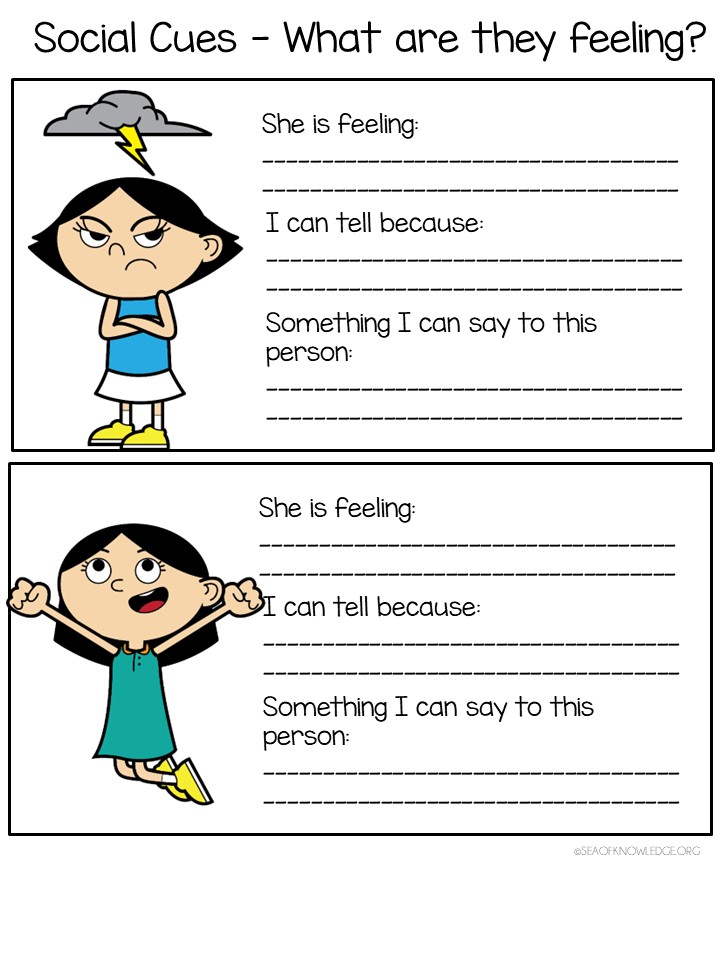
The kids quickly shouted, “He’s happy!” I asked them why, and they shared their own happy experiences with ice cream. This not only helped them identify the emotion but also connected it to personal experiences, making the learning process more meaningful and memorable.
These worksheets serve as fantastic icebreakers for deeper emotional conversations. They allow children to explore their feelings in a non-threatening way, using the characters and scenarios as a safe space to project their own emotions and experiences.
Emotion Senses Worksheets Free
Emotion senses worksheets combine exploring emotions with the five senses (sight, hearing, touch, taste, and smell).
These worksheets are often available for free, making them accessible to a wide audience.

How Emotion Senses Worksheets Work:
Integration of Senses: Activities might include exercises like identifying how different emotions can be associated with different senses (e.g., what a happy scene looks or sounds like).
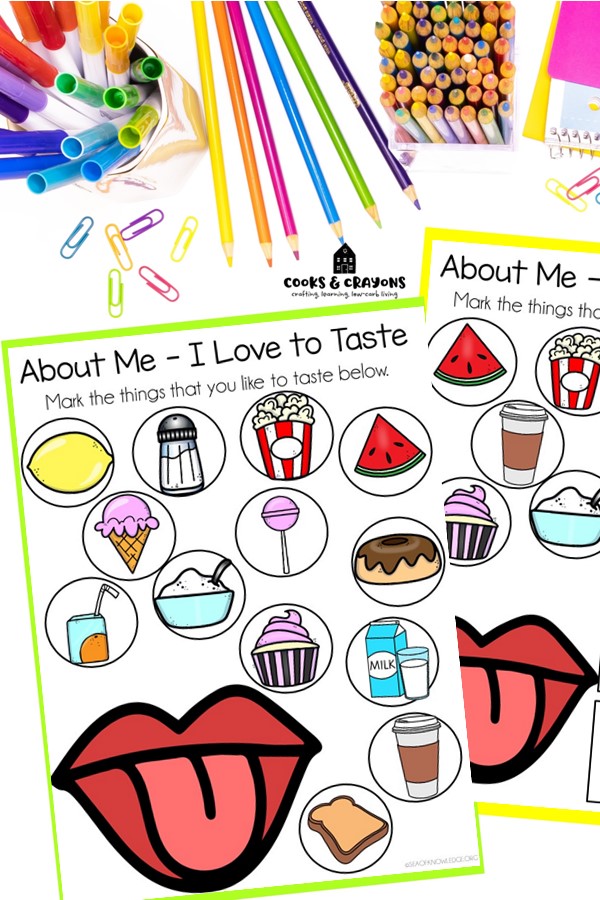
Sensory Descriptions: Children describe emotions using sensory terms, which can deepen their understanding and expression of feelings.
When I was teaching a summer camp for young children, we used emotion senses worksheets to help the kids connect their feelings with their sensory experiences.
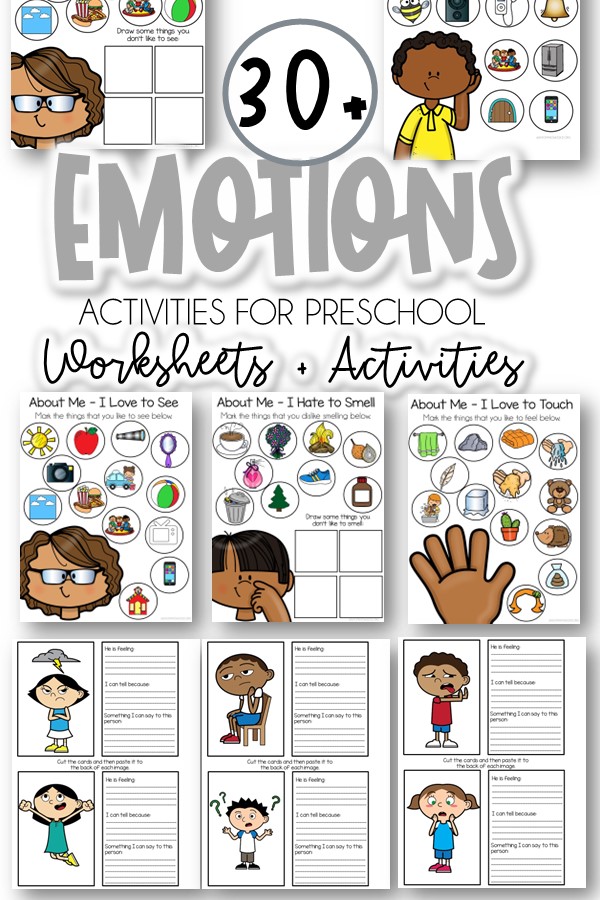
One activity asked the children to describe what happiness “looked,” “sounded,” and “felt” like. I remember one child, Jake, vividly describing how happiness sounded like the laughter of his baby sister and felt like the warm sun on his face during a beach day.
>>> You can get the entire set of 30+ printable activities to support identifying emotions here, just sign into the site and then click on the image to get the full bundle!<<<
Another child, Emily, was initially shy and reluctant to participate. However, when we got to the part of the worksheet that asked about the taste of happiness, her face lit up.
She eagerly shared that happiness tasted like her grandma’s homemade cookies. This prompted a lively discussion among all the kids about their favorite foods and how those foods made them feel, turning the exercise into a fun and engaging group activity.
During another session, we explored the emotion of fear through senses. We asked the children to close their eyes and describe what fear might smell or sound like.
One child said fear smelled like the doctor’s office and sounded like a thunderstorm. These vivid descriptions helped all the children realize that their senses play a big part in how they experience and understand emotions.
These activities were not only enjoyable but also incredibly insightful.
They helped the children articulate their emotions in a multi-dimensional way, making the abstract concept of feelings more concrete and relatable. Seeing the kids make these connections and share their personal stories was incredibly rewarding.

Fun emotions worksheets and senses activities are invaluable in helping children understand and express their feelings.
From identifying emotions worksheets to interactive and sensory-based activities, these resources provide structured and enjoyable ways for kids to explore their emotions.
>>> You can get the entire set of 30+ printable activities to support identifying emotions here, just sign into the site and then click on the image to get the full bundle!<<<
By using these tools, parents and educators can support the emotional development of children, leading to better mental health, improved social skills, and academic success.
With many of these resources available for free, they are accessible to all, ensuring that every child has the opportunity to develop essential emotional intelligence skills.

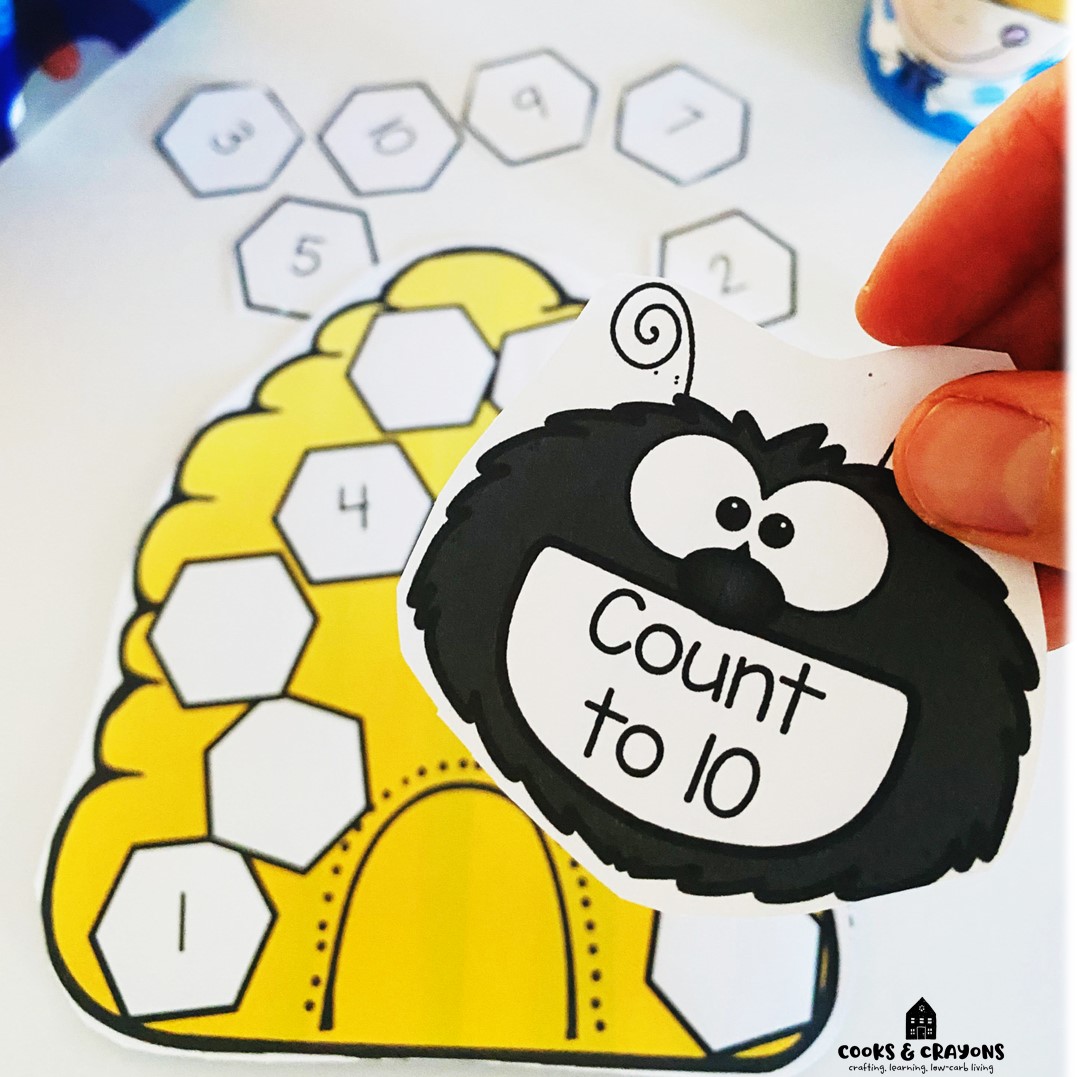


![5 Top Free Printable Anger Management Worksheets for Youth [they will actually love]](https://cooksandcrayons.com/wp-content/uploads/2024/11/anger-management-worksheets-for-youth.jpg)

